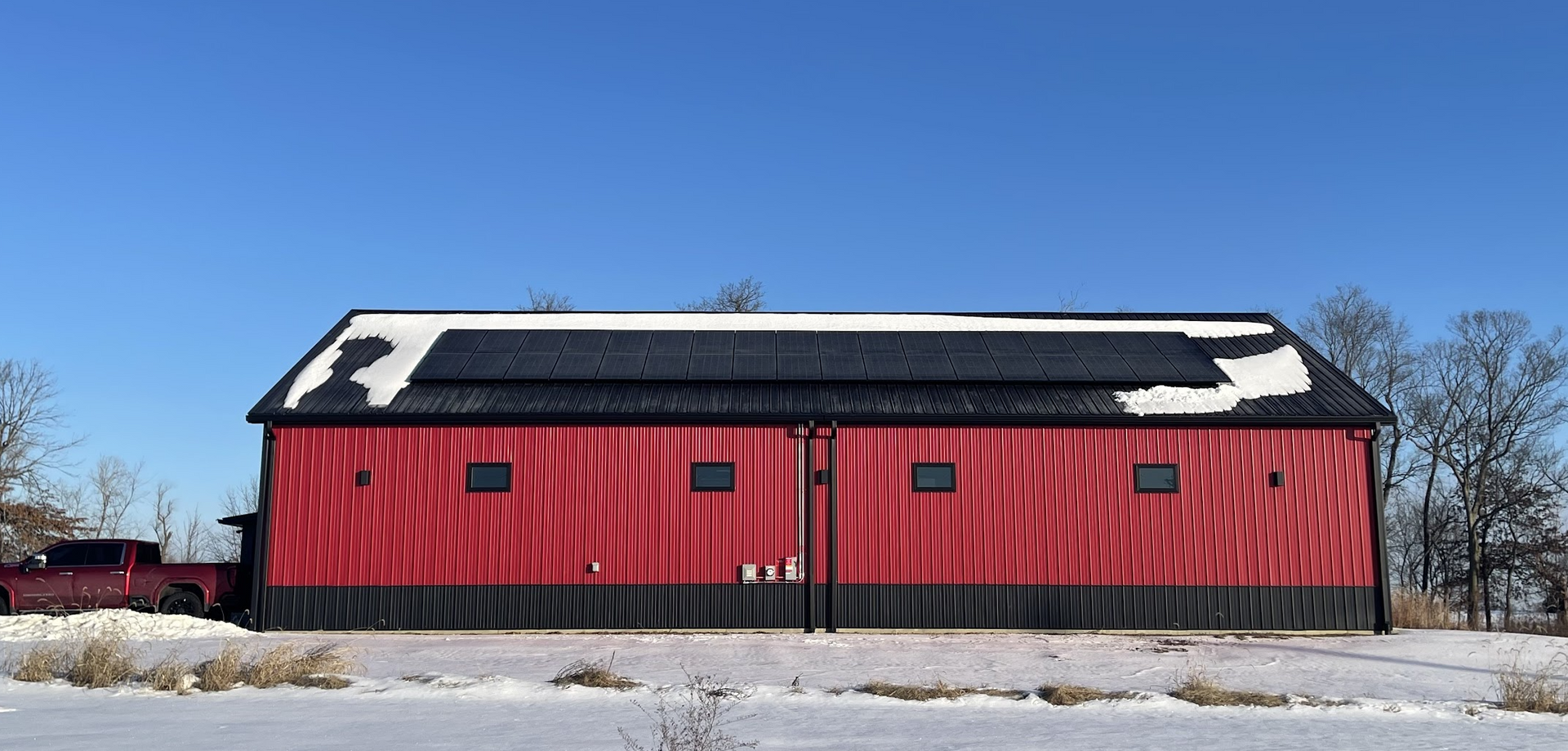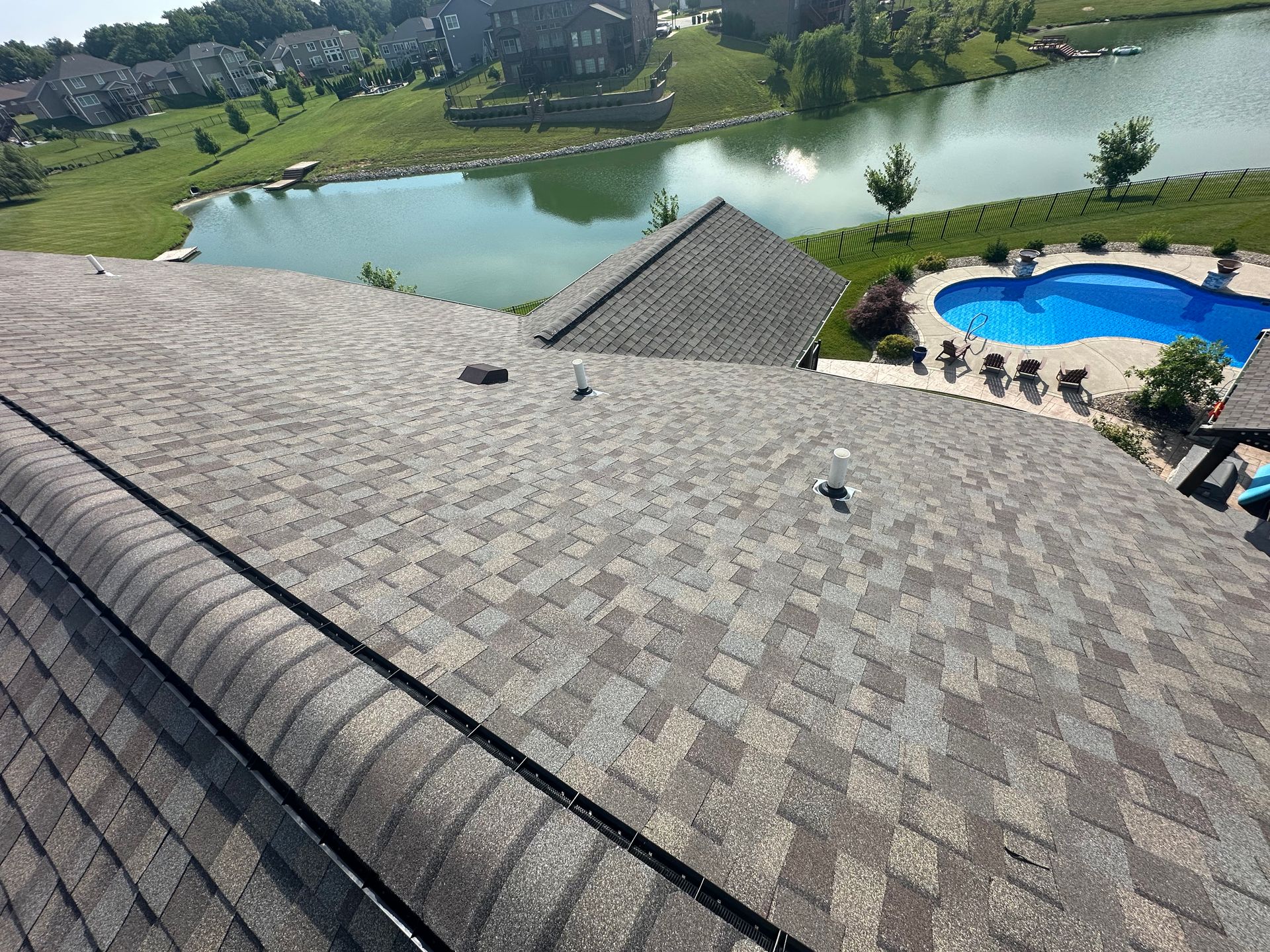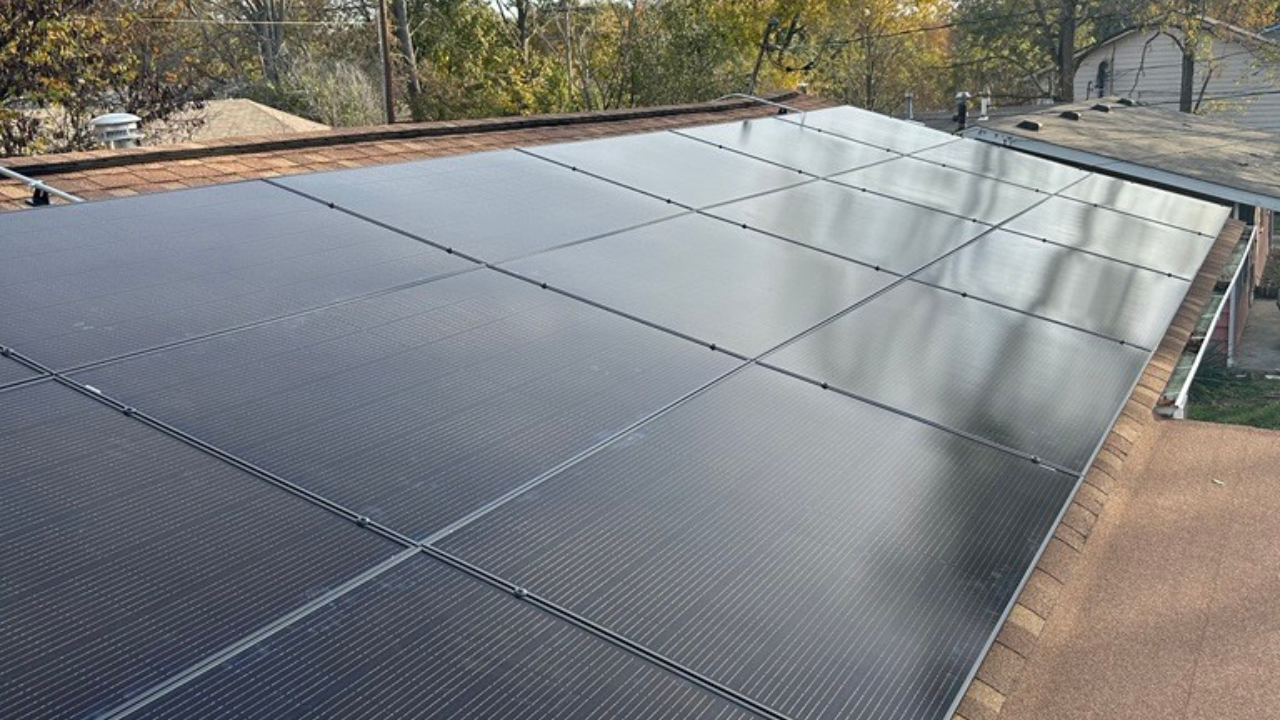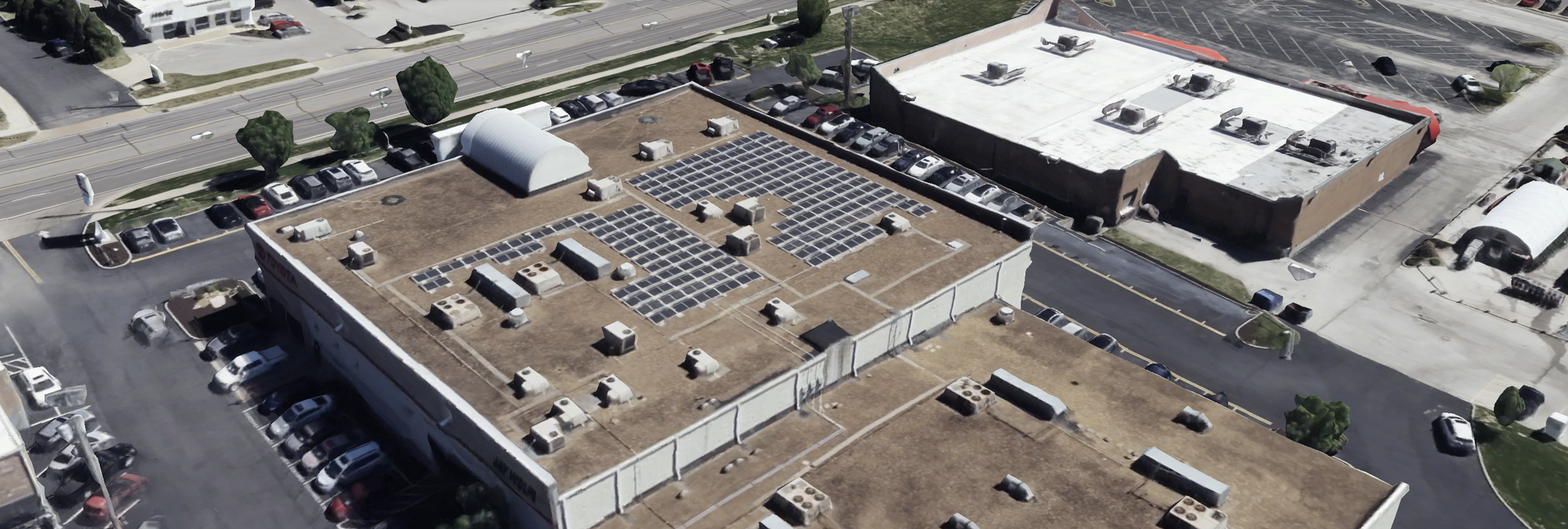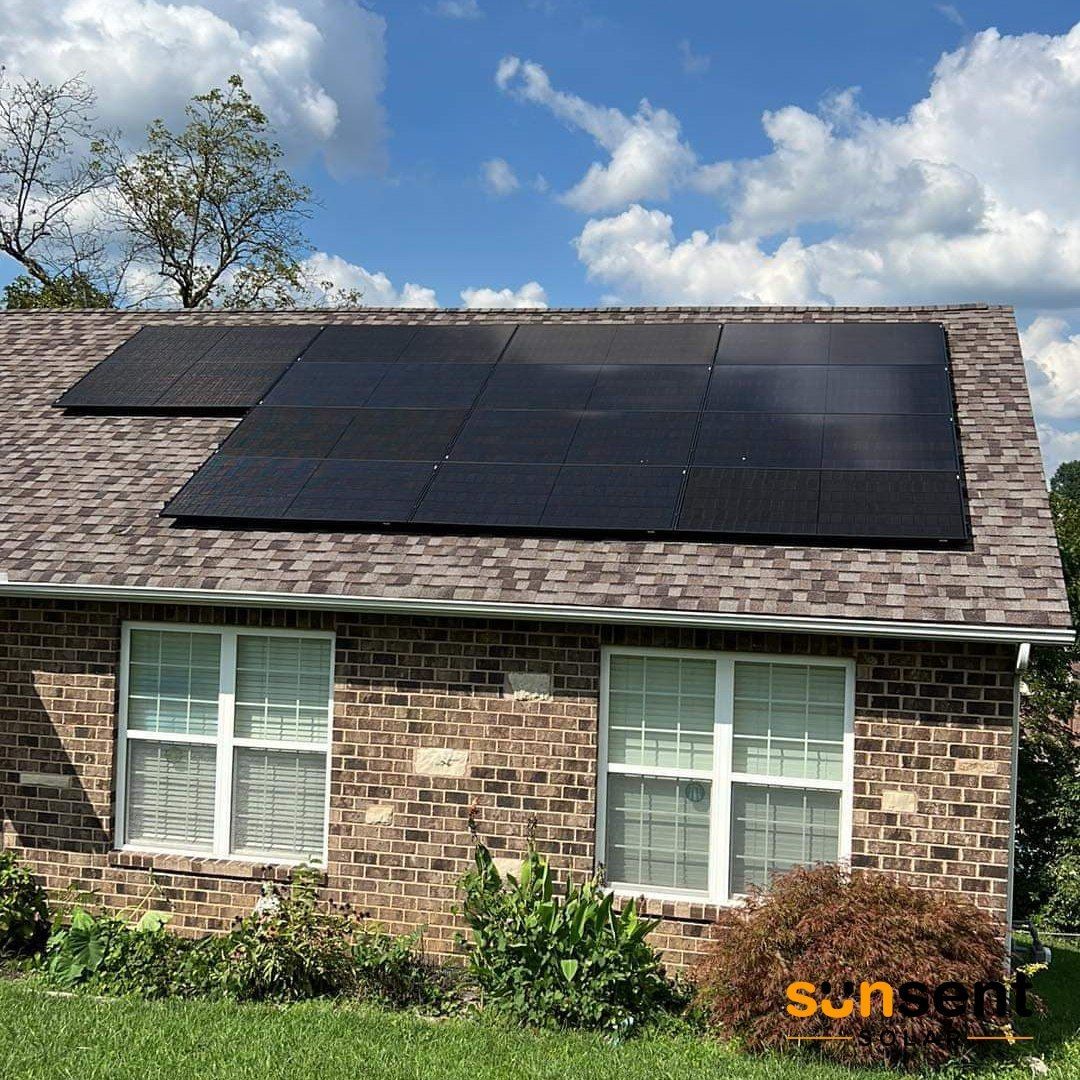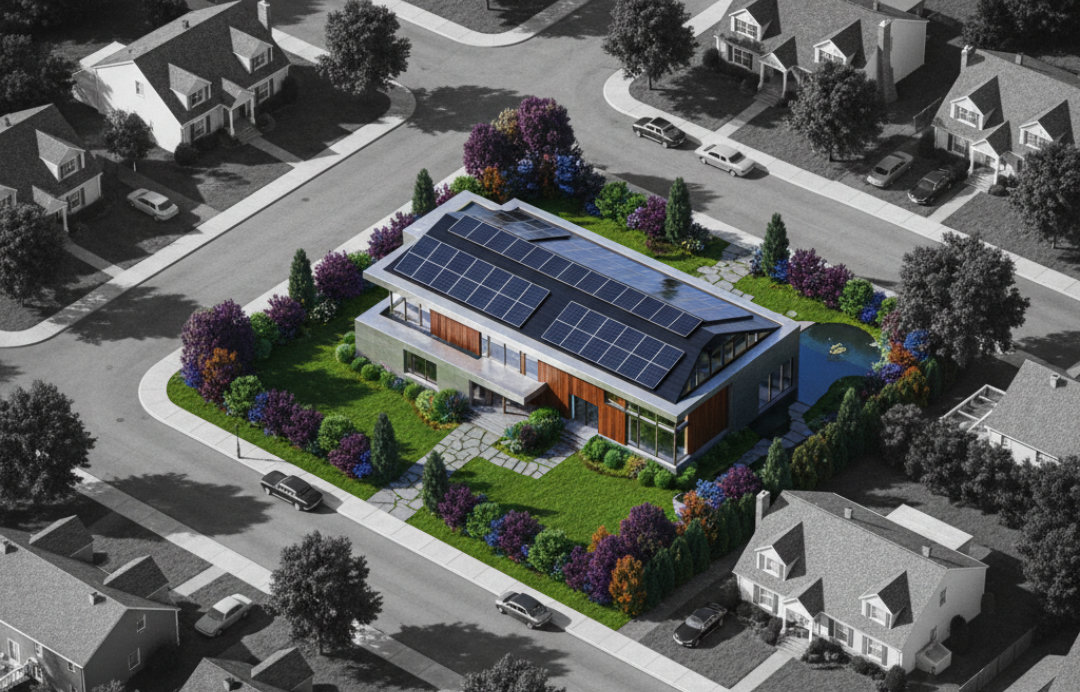Rainy Days: What They Mean for Your Roof and Solar Savings
What Rain Tells You About Your Roof (And What It Doesn’t)
Rainy days are the ultimate stress test for your roof — and sometimes, the results aren’t as obvious as a drip in a bucket. While storms and downpours can reveal visible leaks, many forms of roof damage stay hidden until it’s too late. Water can sneak beneath damaged shingles, soak your roof deck, and cause structural problems over time. And with heavy rains becoming more frequent in St. Louis, staying ahead of that damage is more important than ever.
Here’s the truth: a roof doesn’t have to be falling apart to fail you. You might not see a leak, but missing shingles, weak flashing, and clogged gutters can all lead to water intrusion. By the time you notice the signs — like ceiling stains or a musty smell in the attic — repairs could be extensive and expensive. That’s why inspections after major rain events are smart, even if your roof “looks fine” from the outside.
And if you’ve recently experienced high winds or hail along with the rain? Your roof might have taken a hit, even without a visible break. Damage like granule loss on shingles weakens your roof’s defense and shortens its lifespan.
Bottom line: Don’t wait for water to force its way into your home. If it’s been years since your last roof checkup, or if storms have rolled through recently, get ahead of the problem. Our team at SunSent Solar can inspect your roof and recommend whether it’s time for repair, replacement, or just a bit of maintenance to keep things watertight.
Does Rain Stop Solar Savings? (Short Answer: Nope)
Rainy or cloudy days might seem like the enemy of solar energy, but they’re really just part of the equation. While your panels won’t produce as much electricity on overcast days as they would under full sun, they’re still hard at work. Modern solar panels are built to capture diffused sunlight, which means they still generate power even when the skies are gray.
In fact, panels tend to perform better in cooler temperatures, so rain can help prevent overheating and keep your system running efficiently. Most homeowners won’t notice a major difference in their energy bills unless cloudy weather sticks around for weeks on end — which is rare in Missouri.
But let’s talk about where the real peace of mind kicks in: energy storage. With a backup battery installed alongside your solar system, you can store the excess power your panels produce on sunny days and tap into it when you need it — including during storms, outages, or nighttime. That’s how you take control of your energy, no matter what the weather throws at you.
Battery backups are becoming more popular as homeowners look to build more energy independence. With electricity rates on the rise and power outages more common, having a solar + storage system means you don’t have to rely fully on the grid. You can create your own energy, store it, and use it when it matters most.
Rainy days might seem like downtime for solar, but they’re actually a great reminder of why a smart, resilient system matters. With SunSent Solar, you can weather any storm — literally and financially — while staying powered up and prepared. Call 636.757.3083 to get started.

